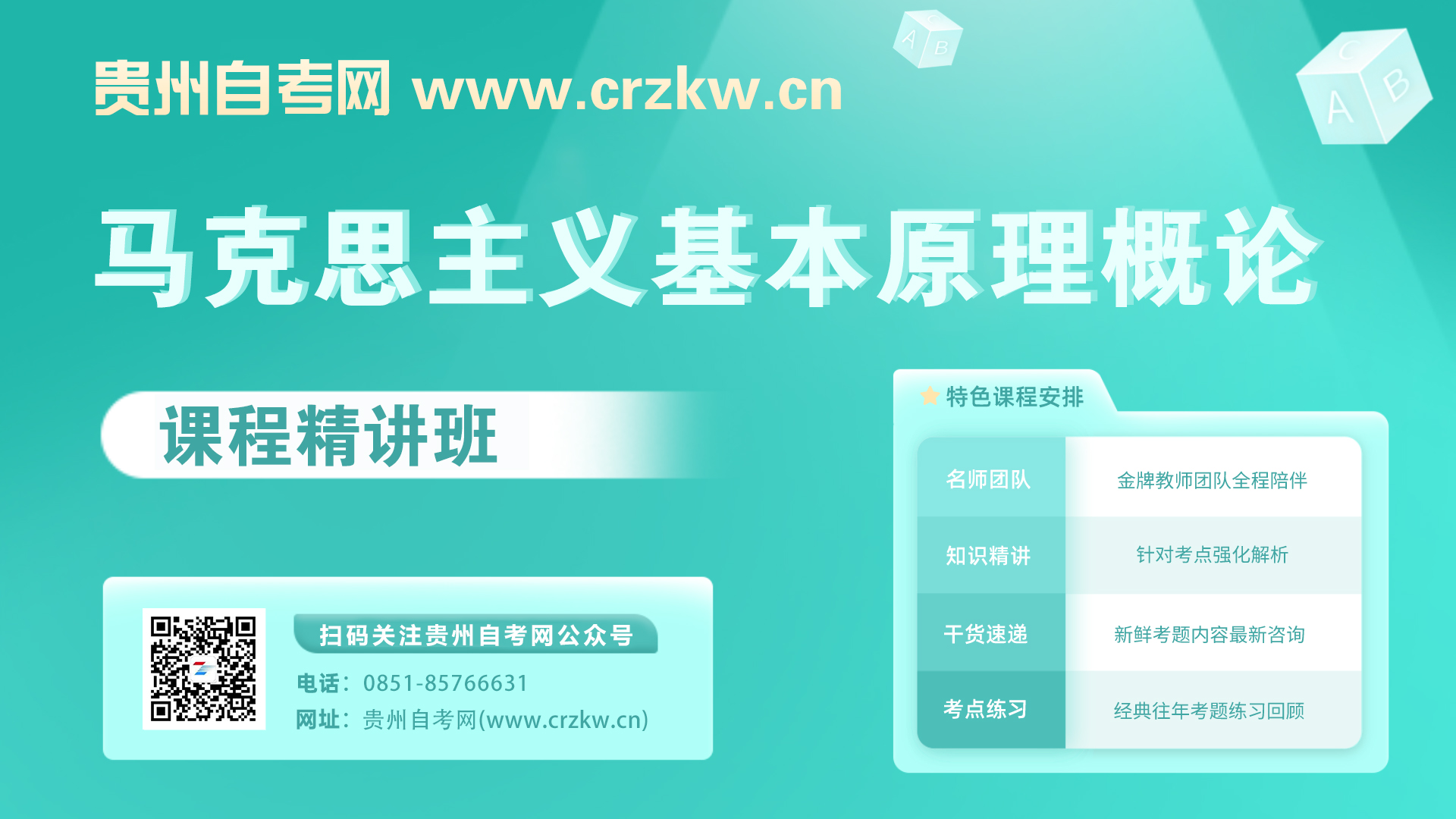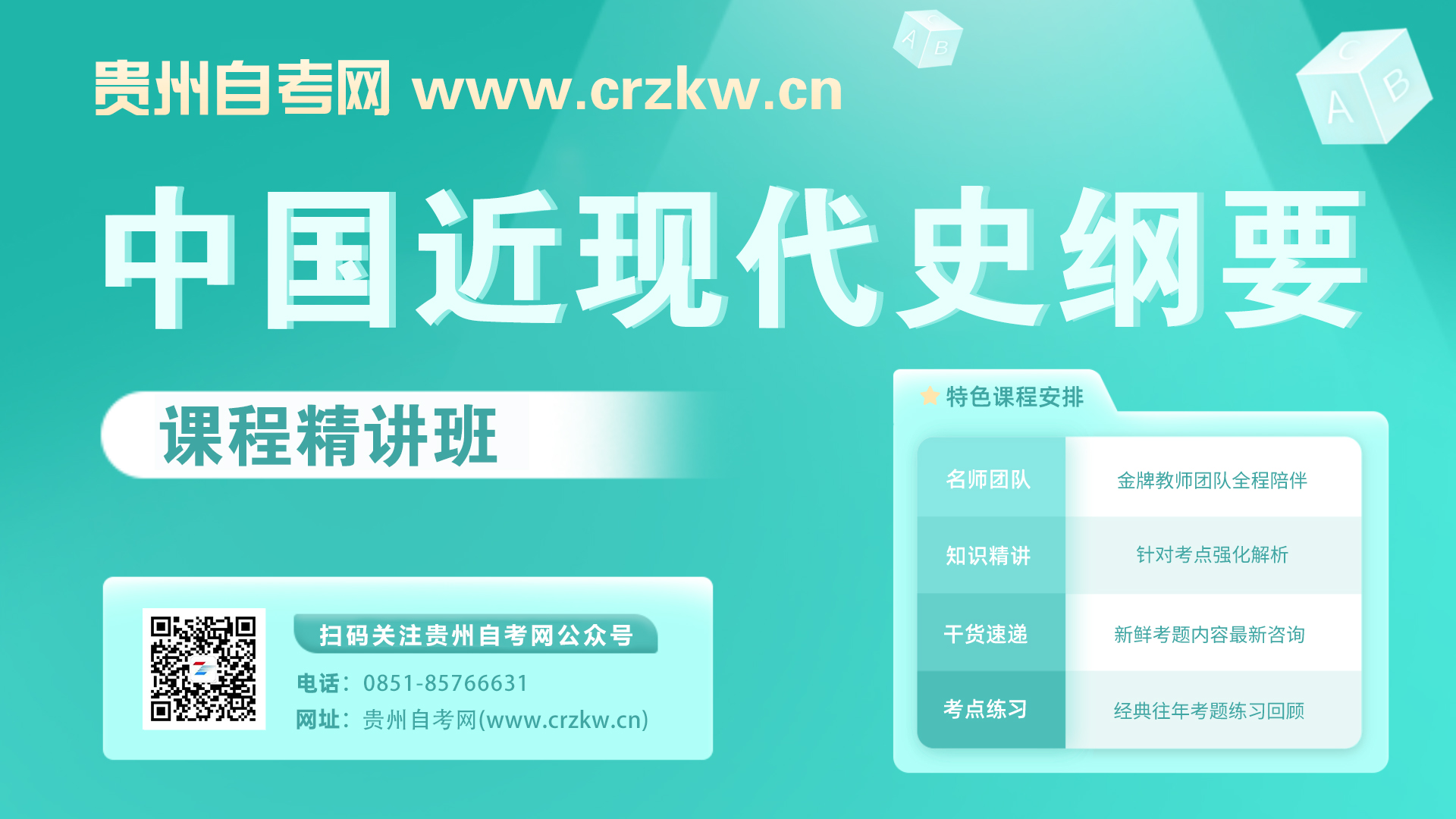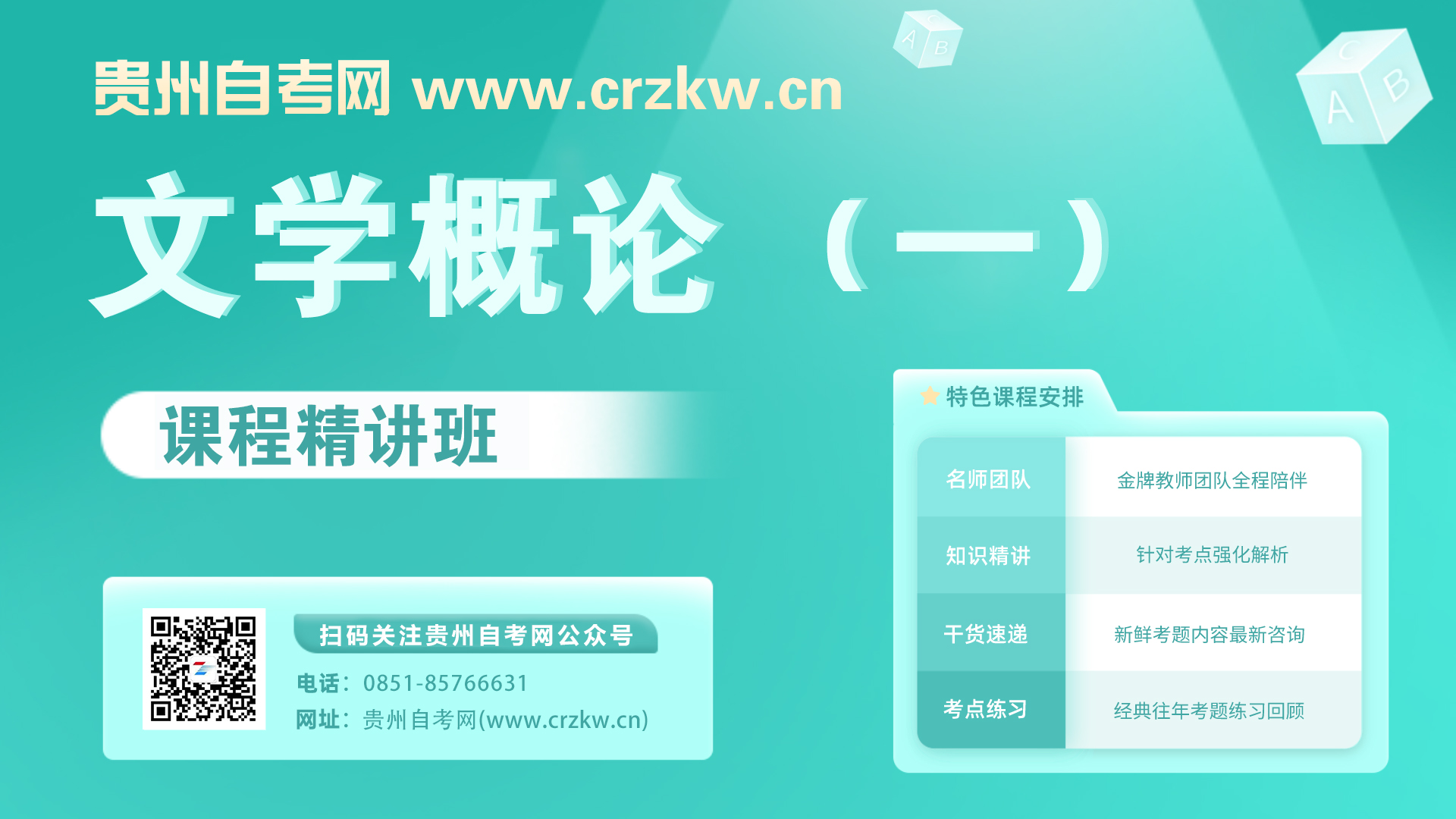The Infrastructure Platform for Remote Learning
编辑整理: 贵州自考网 发表时间: 2018-05-24 【大 中 小】 点击数:
| Abstract From the concept of the network university, we deduce its three basic infrastructures:the education center station, the high speed backbone and the user terminal network. we point out that the remote learning online at home will be the most important studying model in the future,so the HomeNet will be a necessary infrastructure platform for remote learning , in this paper we discuss the structure, the key technologies and connection media of HomeNet. Keywords network university remote learning HomeNet 1. The Background With the extension of internet in application area, from academies, enterprises to the government departments, the network reaches variable aspects of our society. From knowledge learning, message obtaining to e-commerce, the digital network is all proved a strong pushing strength. With network, the difference of time and space are eliminated, the exchange and communication among people, the resources sharing are becoming much more easier, based on that, more and more applications are developed, and one of which is the network university and remote learning which will be a great revolution to the traditional teaching and learning way. People can study online, exchange thoughts interactively with teachers and schoolmates through network rather than special classrooms in the campus, this will provide a chance to learn knowledge all the life for those who are in work or can’t go into colleges, perhaps the network university will be the most important model to study in a not long future. The network university consists of three infrastructures: the education center stations which include multimedia courseware, sound and image material etc., the high speed backbone and user terminal network. Our government has made the remote learning a strategy to promote the quality of the nation, the CERNET 2.5GBPS backbone are in construction , and the education center stations have already been implemented successfully in some campuses, so the key to employing the remote learning project lies in the third part---the user terminal network. The network brings us great flexibility to study online , no doubt , the most often place for people to learn is at home , and with the development of life standard , many families will have more than one set of computer and HDTV sets, and study is not only the thing of children , but also the need of parents , and additionally , remote medical treatment , ordering online, home automation controlling are all the future requirements in the family[1], so it is a necessary condition to digitalized the families in the information society to construct a perfect HomeNet( home terminal network) which provide all above functions , in the following sections , we will discuss the structure, the key technologies and access media of HomeNet. 2. The Key Technologies in HomeNet The home network is a special LAN, in logical structure, they have some resemblance, but the home network has its own special features in application environment, operational functions and system physical construction. The implement of home network requires several key technologies to support as following[2]: the embodied operate system and embodied custom IC(ASIC) , API level interoperable specifications, the final use interface design and access technology. 2.1 There are various devices at home, and the difference between them is large in controlling model, computation ability and intelligent level. Most of them are less performance products except a few such as computers, thus, to enable the whole home network, the embodied OS and IC is the kernel technologies. Current prevailing embodied OS are WINDOWS CE, 3COM Palm OS, JAVA2, JAVA2 Micro Edition, Pjava, Ejava and our own embodied Hopen OS designed by KAISI Cooperation. The embodied IC includes LonWorks’ Neuron ICs and Intel’s micro controllers such as 8051 family and the like. 2.2 API is application program interface, due to the media is various in the network physical layer, in order to get the interoperability on the program interface layer, API lever interoperable specifications must be defined, it’s the foundation to develop home network application, it shields the under layer protocols, and provide a identical interface to application developer. The current APIs are Microsoft UPnP, SUN JINI, Home PNP, Home API and so on. 2.3 User interface(UI) determines the easy degree of operation, and then bring about the system’s final use recognition . To the HOMENET interface, its application environment and special use objects decide the following features[3]: Usability: the users of home network are various people, the age’s disparity from young to old, the culture level and relative technology is different from each other, so the usability of HomeNet is very important to develop the home network market, thus the UI must provide a flexible, simple and intuitional interface to the general user collective. Mobility: HomeNet is a heterogenous network, it consists of digital sub network, A/V sub network and control sub network. When all the electronics at home are connected by HOMENET, users should configure, control, manage and check the network performance and equipment status from different access points. Scalability: Due to the economics, technology and market elements, the process of HOMENET construction is not an instant procedure, but is a accumulating one, so the topology structure must facilitate the system upgrade and maintenance, and the UI should provide the proper interface to the new plugged equipment. 2.4 Access section is the connection between internet and HomeNet, access technology can be spanided into two types: wire and wireless ways, the wire way includes Modem, HFC/Cable Modem, FFTH and xDSL technologies, the wireless way includes WAP, LDMS and so on. Traditional Modem technology has low transmission rate, with the home network wide spreads, the access technology will transfer to Cable Modem and xDSL technology, and in the end, the FTTH and WAP technology will be the prefer selection. 3. HomeNet Logical Layer Architecture Figure1 shows the HOMENET logical architecture, the whole system consists of five layers: physical media layer, protocol layer, API layer, APP layer (application program) and UI (user interface) layer. The specifications of the underlying two layers has been distributed and used in practices. Figure 1 HomeNet architecture The API layer is the key of HomeNet , the technologies of it is the hot issue of home network development, the Home API and Jini specifications distributed in 1999. The fourth layer APP is a set of applications over the third. The fifth layer is UI, it is a set of various interface tools, it is not limited to PC, but also includes emergent buttons, help switches, remote controlling devices and other visual interfaces. The HomeNet protocols can be spanided into three types: under layer protocols ( media ,protocol layers), API protocols and UI specifications. In UI layer, without proper distributed specifications, with the market enlarging and the increment of user requirement, it is necessary to standardize the UI design. From the view of zone, the HomeNet specifications are distributed by America, Europe and Japan, such as Japan’s HBS, Europe’s BatiBUS, Europe Home System and EIB, America’s X10, CEBus and lonWorks. Addition, some work group also distributed specifications such as HAVI’s IEEE 1394, Bluetooth, HPNP, Home API and Jini[4][5]. 4. The Connect Scenarios and Media There are several communication media at home as following: TP (twisted pair), TL (telephone line), xDSL, Cable Modem, FB (fiber), PL (power line) and wireless trsmission (IEEE802.11, HomeRF, Bluetooth). TP, TL and PL are current prevailing media in HomeNet, FB, xDSL, Cable Modem and wireless media will dominate in the future. The implement of connection scenarios are relative closely to the communication media . The two rules must be observed in HOMENET construction, the first is the usability and the another is the reasonable cost. Due to HOMENET’S various functions and each family’s affording ability, the connection scenarios will also be various. In the following sections, we discuss ether and fast ether network, home TL network, PL network and wireless network. Ether and fast ether network: ether network is often used in practice , simplicity and reliability is its advantage, and the cost is lower than other scenarios. The compatibility of it makes it convenient to upgrade from 10mpbs to 100mpbs and 1000mpbs ether network, and it benefits users from protecting the original investigates, so this is a preferred scenario in constructing HomeNet. TL HomeNet: Home TL technology makes it possible to build a high speed network at home by use already existing telephone lines. The 10mpbs TL specification has been distributed in HomePNA 2.0, a digital product can be easily linked to the network by a interface module which connects the telephone line plug and the product. Addition, the xDSL technology extends the PL communication band, and makes the TL HOMENET can afford the multimedia applications. PL network: this scenario interconnects the home digital devices by ubiquitous power lines, its biggest advantage is that most of the electronic products have been linked to PLs. Although the old PL network (X-10) have difficulties to carry high speed data information, the new technology has implemented high speed data transmission. Wireless network: the advantages of it over wire network lie in flexibility, mobility and easy constructing. The technology maturity of the wireless network has been proved in the applications of restaurant communication and stock exchange information transmission, but the defect is its high cost in construction and the narrow communication band. With the appearing of new technologies, the wireless network will dominate the HomeNet market in the future due to its above tributes. 5. The End There are still a lot things to do to spread the home network currently: first of all is the development of embodied OS and IC, then without the interoperable specifications the different devices can not communicate each other directly, and the integration of HomeNet becomes complicated due to much more protocols in the under lays, so much efforts should be taken to implement the dream of remote learning online, ordering online and so on through the HomeNet. References [1] MAURY WRIGHT: "Home-automation Networks mature while the PC industry chases a new home LAN", EDN JUNE 4,1998. [2] Zhong xichang, Home digital devices PC WORLD CHINA , JAN 3, 2000 NO.1 [3] Cao jiuxin ect., The Technology and Design Strategy of HomeNet User Interface MINI-MICRO SYSTEM, 2000 [4] Home Automation Network Standards and Specs – Alliances and Working Groups . http://www.hometoys.com [5] Kenneth P.Wacs, PH.D. Introduction to the CEBUS® communications protocol. HTINews Articles 1999 |
本文标签:贵州自考 毕业论文 The Infrastructure Platform for Remote Learning
转载请注明:文章转载自(http://www.crzkw.cn/)
⊙小编提示:添加【贵州自考网】招生老师微信,即可了解2025年贵州自考政策资讯、自考报名入口、准考证打印入口、成绩查询时间以及领取历年真题资料、个人专属备考方案等相关信息!

(添加“贵州自考网”招生老师微信,在线咨询报名报考等相关问题)

贵州自考网课程中心
贵州自考网声明:
1、由于各方面情况的调整与变化,本网提供的考试信息仅供参考,考试信息以省考试院及院校官方发布的信息为准。
2、本网信息来源为其他媒体的稿件转载,免费转载出于非商业性学习目的,版权归原作者所有,如有内容与版权问题等请与本站联系。
贵州自考便捷服务
- 微信交流群
- 微信公众号

微信扫一扫加入考生微信群
①学习交流、②考试提醒、③自考解答
④自考资料、⑤新闻通知、⑥备考指导

贵州自考网微信公众号
随时获取贵州省自考政策、通知、公告
以及各类学习微信公众号
- 热点文章
- 常见问题






